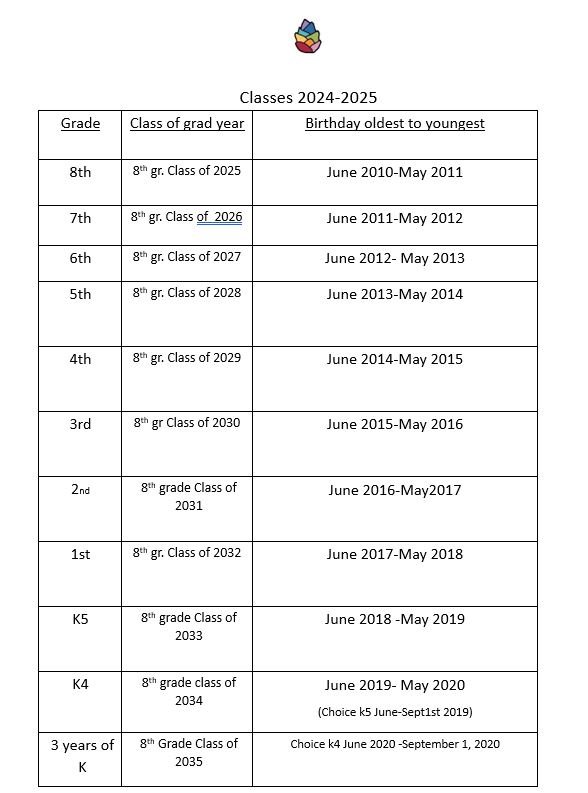WHAT’S THE RIGHT AGE FOR ACADEMICS?
At Tamarack Waldorf School, children must be 6 years old by June 1st in order to enter Grade 1 and the world of formal academic instruction.
Some parents worry this is too late. There is a commonly-held belief that children who learn early will learn more over the long haul. Research, however, indicates that the opposite is true. Not only do younger students in academics fall behind their older peers in the early grades, they tend to STAY behind those peers, long term.
In her book You Are Your Child’s First Teacher, Rahima Baldwin Dancy notes, “due to the downward shift of the curriculum over the past thirty years, it is even more important that children today be developmentally ready for school as well as chronologically ready.”
Developmental maturity has no correlation with I.Q. Once parents understand the full benefits of selecting a school with an earlier than main-stream birthday cut-off, it makes standing against the cultural pressure of “too much too soon” much easier.
“The heart of the Waldorf method is that education is an art—it must speak to the child’s experience. To educate the whole child, his heart and his will must be reached, as well as the mind.”
At Tamarack Waldorf School, developmental age is measured by how closely the child’s social, emotional, physical and perceptual maturity corresponds with the norms for the child’s age. There are marked differences in school performance and emotional adjustment between children with summer and fall birthdays:
The chronologically-older children in a grade tend to receive many more above average grades from teachers than do younger children in that grade.
Older children are more likely to score in the above-average range on standardized tests.
The younger children in a grade are far more likely to fail at least one grade than are older children.
The younger children in a grade are far more likely to be referred to teachers for learning disability testing and subsequently be diagnosed as being learning disabled than are older students in a grade.
The academic problems of younger children who were developmentally unready at school entrance often last throughout their school careers and sometimes into adulthood.
Children who begin school later adapt well and experience tremendous positive benefits because of it. Giving a child with a summer or fall birthday an extra growth year can be a lifelong gift that may put them at the head of the class instead of scrambling to keep up intellectually or socially with their peers.
This is not only the approach of Waldorf Educators, but also the touted approach of the Finnish school system, often looked to as a beacon of hope for better rankings in Western based education (they rank #3 and the U.S. #17). Finnish culture considers it a violation of children’s rights to start school earlier than age seven.
In the New York Times article From Finland, an Intriguing School-Reform Model, Dr. Pasi Sahlberg of Finland’s Ministry of Education and Culture says, “The first six years of education are not about academic success. We don’t measure children at all. It’s about being ready to learn and finding your passion.”
Waldorf schools also ascribe to this philosophy. Early childhood academic instruction is not the key to successful lifelong learning.
While we begin to lay the foundation for academic learning in our play-based, mixed-age early childhood classrooms, we find that children are ideally suited for academic instruction after entering first grade once they have turned six by 1st June. Even then, the first grade environment must allow lots of time for much play and physical experience.
“Education is not the filling of a pail,
but the lighting of a fire.”



